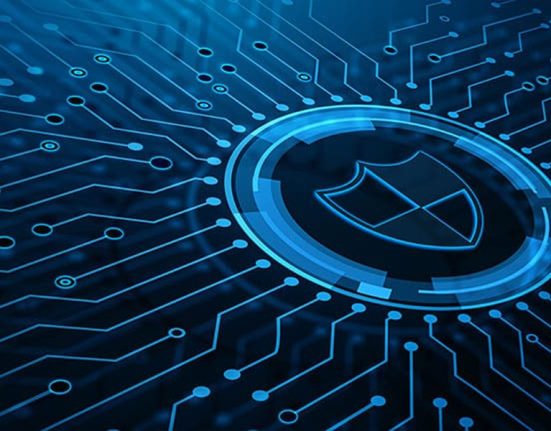The Complete Checklist for Securing Your Corporate Email Accounts
In today’s digital world, corporate email accounts are among the most targeted gateways for cyberattacks. From phishing and credential theft to malware and ransomware, cybercriminals often use email as their primary weapon. One successful breach can expose confidential business data, damage reputation, and lead to severe financial loss.
To protect your organization, a Comprehensive email Security strategy is essential. Here’s the complete checklist for securing your corporate email accounts and keeping your business safe.

1. Use Strong and Unique Passwords
Weak or reused passwords are the easiest way for hackers to gain unauthorized access.
Best practices:
- Enforce minimum 12-character password policies with a mix of uppercase, lowercase, numbers, and symbols.
- Avoid dictionary words or easily guessable patterns.
- Encourage employees to use a password manager to securely store credentials.
2. Enable Multi-Factor Authentication (MFA)
Even strong passwords can be compromised. MFA adds an extra verification layer — such as a mobile code or biometric confirmation — making unauthorized access nearly impossible.
Recommendation: Implement MFA across all corporate email accounts, including admin panels, mobile apps, and remote access systems.
3. Implement SPF, DKIM, and DMARC
Email authentication records are the backbone of email security. They protect your domain from being used in spoofing or phishing attacks.
- SPF (Sender Policy Framework): Confirms which servers can send email on your domain’s behalf.
- DKIM (DomainKeys Identified Mail): Adds a digital signature verifying the email’s authenticity.
- DMARC (Domain-based Message Authentication, Reporting, and Conformance): Aligns SPF/DKIM policies and reports unauthorized usage.
Tip: Regularly review DMARC reports to monitor suspicious sending sources.
4. Keep Your Email Platform Updated
Outdated email software and plugins often contain vulnerabilities.
- Ensure your email server, webmail, and Antivirus Tools are regularly updated.
- If using platforms like MDaemon, Microsoft 365, or Google Workspace, enable automatic security updates.
5. Deploy Advanced Spam and Malware Filters
Modern spam filters not only block unwanted messages but also detect phishing links, malware attachments, and spoofed senders.
- Choose an AI-powered email Security Solution that adapts to new threats.
- Regularly adjust filter thresholds to balance protection and legitimate communication.
6. Encrypt Sensitive Emails
Confidential data — such as client information, financial reports, or credentials — should always be encrypted.
- Use end-to-end encryption for highly sensitive communication.
- Configure your mail server to support TLS (Transport Layer Security) for all email transmissions.
7. Conduct Employee Awareness Training
Human error remains the weakest link in email security.
- Organize regular cybersecurity awareness sessions to help employees recognize phishing attempts.
- Simulate fake phishing campaigns to test and improve user alertness.
- Promote a “Think Before You Click” culture.
8. Restrict Access and Permissions
Not every employee needs administrative privileges.
- Apply role-based access controls (RBAC) to limit permissions.
- Immediately disable or delete accounts of former employees or unused mailboxes.
- Use shared mailboxes or aliases instead of sharing login credentials.
9. Backup and Archive Emails Regularly
Accidental deletion, ransomware, or system failure can cause data loss.
- Set up automatic backups of email data on secure, offsite storage.
- Use an email Archiving Solution for compliance and disaster recovery.
10. Monitor and Audit Email Logs
Constant monitoring helps detect unauthorized activities before they cause harm.
- Review login attempts, IP addresses, and sending patterns regularly.
- Enable real-time alerts for suspicious behavior such as mass outbound emails or failed login attempts.
11. Implement Zero Trust Email Security
Zero Trust assumes no user or device is inherently trustworthy.
- Verify every access attempt continuously.
- Segment networks and apply least-privilege principles.
- Combine this with AI-driven anomaly detection to strengthen your defense.
12. Partner with a Trusted Email Security Provider
Outsourcing email protection to experts can help you stay ahead of evolving threats.
- Choose a provider offering Spam Filtering, phishing protection, data encryption, and 24/7 monitoring.
- Regularly review their threat reports and adjust policies accordingly.
Final Thoughts
Securing your corporate email accounts is not a one-time task — it’s an ongoing process. By following this checklist, your organization can build a strong defense against email-based threats and ensure the safety of your communication infrastructure.
Protect your inbox. Protect your business.








